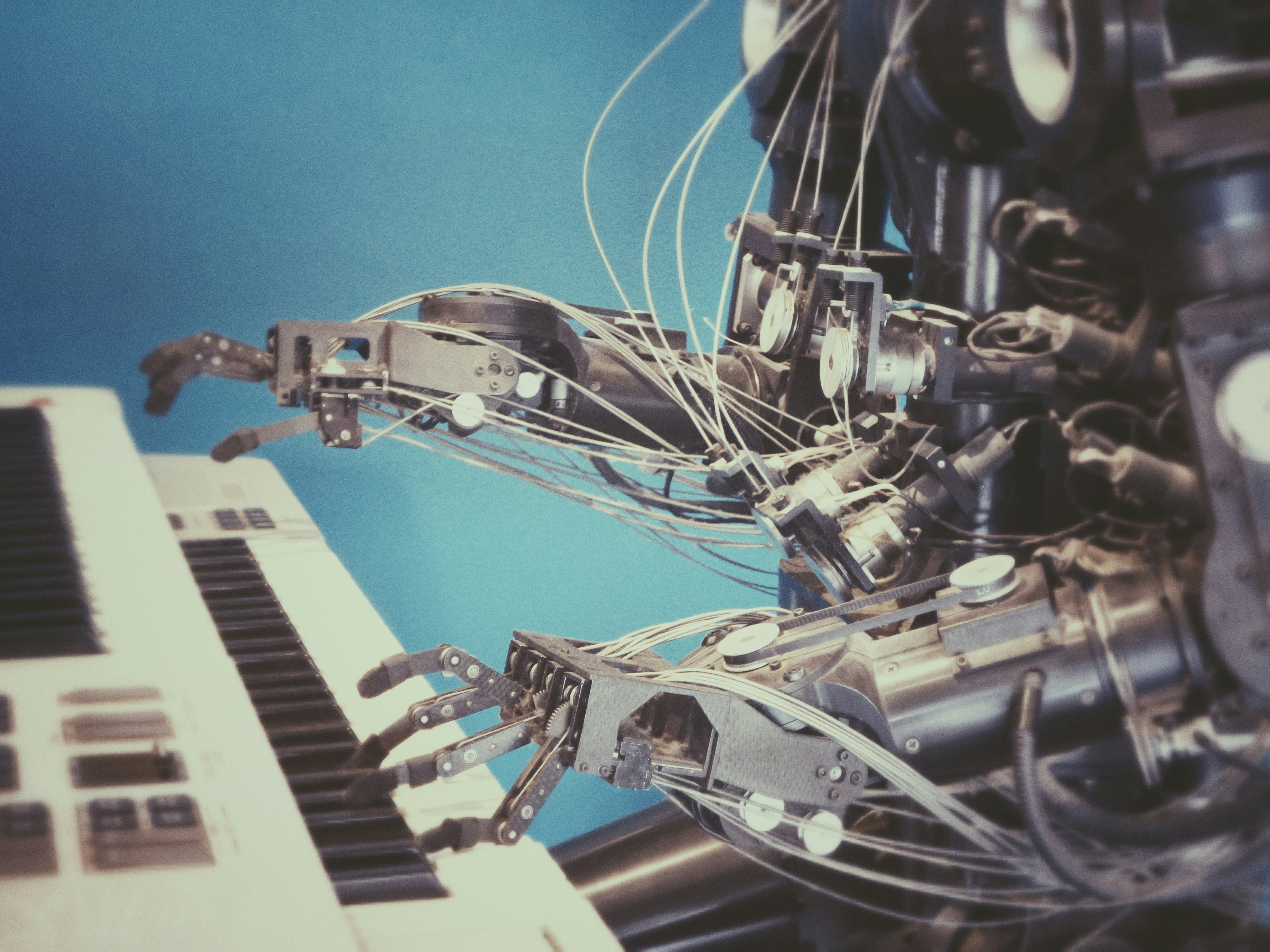Harwell Campus, Oxfordshire - primarily based onsiteAbout UsDiamond Light Source is one of the most advanced scientific facilities in the world. It houses the UKs synchrotron light source, producing beams ofextreme intensitywith a spectral range spanning far-IR to hard X-rays for probing the structure and composition of matter. From viruses and vaccines to alternative energy solutions and nanotechnology, Diamond underpins research and innovation for more than 8000 scientists.Our software systems facilitate operations at all levels, including the low-level control of synchrotron and beamline hardware, exploiting advanced controls methodologies, the planning, execution and monitoring of experiments, data archiving and retrieval, data processing and visualisation, the application for beamtime, and capture of remote experiment plans and samples. Our software engineers work alongside our scientists to develop innovative and robust solutions to keep Diamond at the forefront of scientific research.About the RoleWe currently have opportunities for Software Systems Engineers/ Senior Software Systems Engineers to join our Beamline Controls Group. The successful engineers will work in a research-focused environment alongside world leading scientists and professional engineers to address technically challenging problems as we deliver new beamlines for Diamond-II.The accelerators and photon beamlines are controlled through a distributed, heterogeneous computing environment, using embedded systems for direct control of the instrumentation, together with Linux workstations for the operator interfaces. These systems make extensive use of open-source software, including the EPICS Distributed Control System tool kit. The distributed control systems comprise a wide range of technical domains such as motion control, instrumentation, robotics, and automation, as well as data acquisition.You will contribute to the development and support of distributed control systems for Diamonds photon beamlines and experimental stations. This includes tasks like requirements gathering, software design, development, documentation, and commissioning new solutions.You willworkclosely with scientists, engineers and technicians designing, building, and operating the photon beamlines.Software applications and services are typically implemented in languages such as C, C++ and Python as well as domain-specific languages for automation, motion control and robotics. You will have the opportunity to work as part of the Group's Core Development Team, developing the software that will control and synchronise experiments for Diamond-II: software which will underpin science on all Beamlines, working from the hardware level up to experiment enabling scanning services. This diverse stack gives opportunities to work with a range of technologies:Containers and KubernetesHardware triggered synchronisation using FPGAsScan sequencing logicPython software developmentContinuous integration and deploymentHigh speed detector supportMachine LearningRobot kinematics and route planningApplicants will be considered at either Grade 4 or 5, depending on the strength of your skills, experience, and qualifications.About YouYou will be qualified to degree level, or demonstrate significant equivalent experience, along with experience in the full Software Development Lifecycle, using a modern high-level language, and with an understanding of good software design principles and design for usability.You should have experience with the technologies and programming languages mentioned above, ideally with some experience working with interfaces between hardware and software, for example with IoT, Robotics or other Instrumentation and Automation systems.Experience of working with large and complex code bases would be an advantage, as would experience with application development on the Linux OS, and real-time systems.BenefitsDiamond offers an exceptional benefits package to support staff in achieving a positive work/life balance. This includes 26 days annual leave plus Christmas closure, public holidays, 2 annual volunteering days and flexible working hours. We also offer an excellent defined benefit pension scheme. Staff also have access to a range of amenities on site including a nursery, cafes, a restaurant and sports and leisure facilities. A relocation allowance may also be available where applicable.To ApplyPlease use the online application process to apply, tell us which role you are applying for, Software Systems Engineer or Senior Software Systems Engineer and tell us why you believe you are suitable for the role.The closing date for applications is 23rd March 2025, however, we encourage early applications as some candidates may be interviewed before this date.


